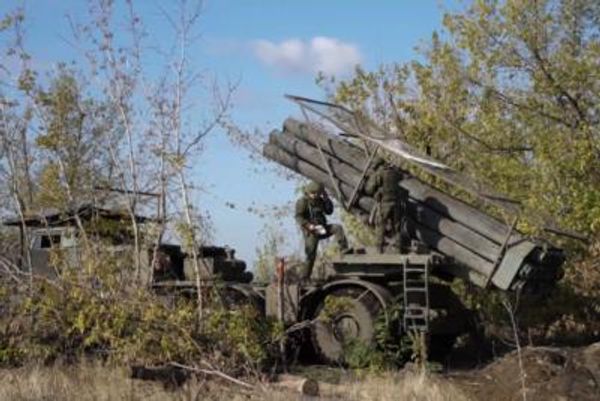
More severe and frequent bushfires could kill nearly 2500 Australians in the next 10 years and cost $110 million in healthcare bills, a new report shows.
The Monash University study found from 2021 to 2030, between 2412 and 2422 people could lose their lives to bushfires and many more could end up in hospital from burns, dehydration, smoke damage and other bushfire-related conditions.
The modelling from the university's Centre for Medicine Use and Safety recognised the role of climate change in higher bushfire risk.
"Bushfires are a natural part of Australia's ecosystem, but the frequency and severity of bushfires in Australia has been increasing, due in part to climate change," the study said.
People are already losing their lives to bushfires, with the severe Black Summer bushfires of 2019-20 killing 34 from direct causes and another 417 from longer-term consequences.
One of the deadliest consequences of bushfires is the fine particulate matter in smoke that can travel vast distances and is linked to higher mortality, as well as cardiovascular and respiratory problems.
Around the world, about 340,000 deaths a year are traced back to bushfire smoke.
Fires and other natural disasters can also take a toll on mental health, the study said.
Natural disasters also rack up substantial costs in the form of lost and damaged property, lower productivity and lost tourism dollars, with the study putting the total cost to the economy at $17.2 billion over 10 years.
The researchers said their modelling could help policymakers manage the risk of bushfires.
Reducing bushfire risk by 10 per cent, for example, could save $11 million in healthcare costs and $1.9 billion in GDP.







